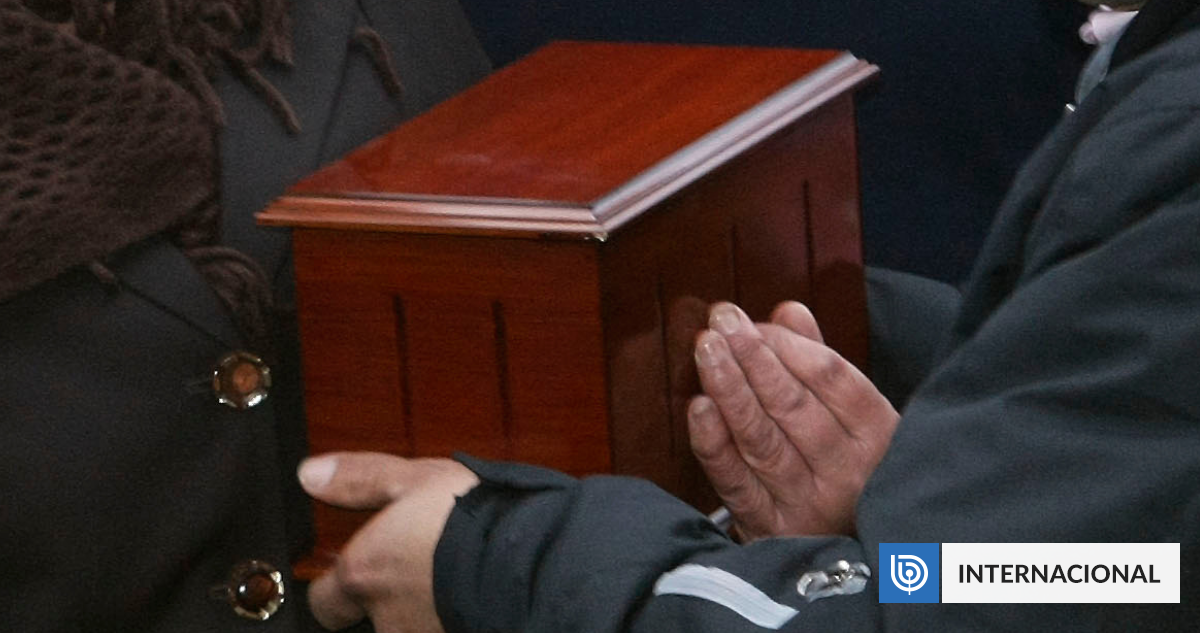Rochester Family Cremates Wrong Person, Only to Find Missing Relative Alive
ROCHESTER, N.Y. (archyde.com) — A Rochester, New York, family experienced a shocking turn of events after mistakenly cremating the remains of an individual they believed to be their missing relative, Shanice Crews.Months later, they received proof that shanice was alive and well, volunteering in Detroit.
The ordeal began in July 2021 when Shanice Crews disappeared. In April 2024, the Rochester Police Department informed the family that remains believed to be shanices had been discovered in February of that year. The news offered a sense of closure after nearly three years of uncertainty.
Adding to the distress, an autopsy report indicated the cause of death was a drug overdose, with “high levels of cocaine” detected in the body. Shanice’s sister, Shanita, described “reading the autopsy” as “something traumatic.”
Due to the “advanced state of decomposition,” the family made the tough decision not to view the body. Following the autopsy, they proceeded with a funeral service and cremation.
A Shocking Revelation
Seven months after the cremation, in November 2024, Shanita received a message from an unkown individual containing a recent photograph of her sister.The message read: “Madam, I am worried. Your sister is not dead. He just volunteers in my event today.” The photo confirmed that Shanice was alive and in Detroit.
Shanita instantly contacted the police, who then consulted a specialized agency.The agency insisted that the dental records of the cremated remains “coincided with [Shanice’s] dental records.” The family was left grappling with the immense emotional toll of the mistaken identification.
“You can’t erase the moments when the police came and told us that Shanice Crews had been found dead outside, like garbage,” Shanita said. “You cannot erase those initial feelings … we cannot recover them. We cannot recover those seven months. We cannot recover those tears.”
Legal Repercussions and Systemic Questions
Following the revelation, the family sought legal representation. While the Monroe County Forensic Medical Office “offered to pay them for cremation and funeral,” the family felt the offer was insufficient compensation for the emotional distress and systemic failures that led to the error.
Shanita expressed her belief that authorities “could not discover who he was and wanted to close the case of a missing person.” This raises serious questions about the accuracy and thoroughness of identification procedures used by law enforcement and forensic offices.
The Unanswered Questions Remain
The family is now navigating the complex legal and emotional aftermath of this unusual case. Shanice Hopkins, who remains estranged from her family, has not been in direct contact with them since the discovery.”We can’t force her to speak with us,” shanita explained.
despite the distance,Shanita conveyed a message of unwavering love and acceptance to her sister: “I just wont to know that,whatever happens,it doesn’t matter. I love her, that’s all. That’s all I want to know.”
The Importance of Proper Identification
Misidentification of human remains is a rare but devastating occurrence, often highlighting systemic vulnerabilities within law enforcement and forensic science. Factors contributing to misidentification can include:
- Inadequate training and resources for forensic staff.
- Reliance on outdated or unreliable identification methods.
- Pressure to close cases quickly, potentially leading to rushed conclusions.
- Insufficient communication and coordination between different agencies.
Critics argue that while forensic science has advanced significantly, human error remains a notable factor. Proper protocols, rigorous quality control measures, and autonomous oversight are crucial to preventing similar incidents in the future. Advances in DNA technology and increased accessibility to databases are helping to reduce misidentification, but these resources must be implemented universally and effectively.
FAQ: Mistaken Identity and Legal Recourse
| Question | Answer |
|---|---|
| What legal options are available to families in misidentification cases? | Families may pursue legal action against responsible parties for negligence, emotional distress, and wrongful cremation/burial. Damages can include compensation for emotional suffering,funeral expenses,and legal fees. |
| How often does misidentification of remains occur? | While precise statistics are difficult to obtain, misidentification is considered rare. However, when it occurs, it often points to systemic failures within identification processes. |
| What steps can families take to verify the identity of deceased relatives? | Families have the right to request independent DNA testing and to view remains themselves, if possible and advisable. Engaging a legal professional can also help navigate the verification process. |
| What role do dental records play in identifying remains? | Dental records are a valuable tool for identification, especially when remains are badly decomposed. However,their accuracy depends on the availability of pre-existing records and the expertise of forensic odontologists. |
| What are the potential long-term psychological effects of misidentification on families? | The emotional trauma can be profound and long-lasting, leading to anxiety, depression, and difficulty trusting authorities. Therapy and support groups can be beneficial in coping with these effects. |








